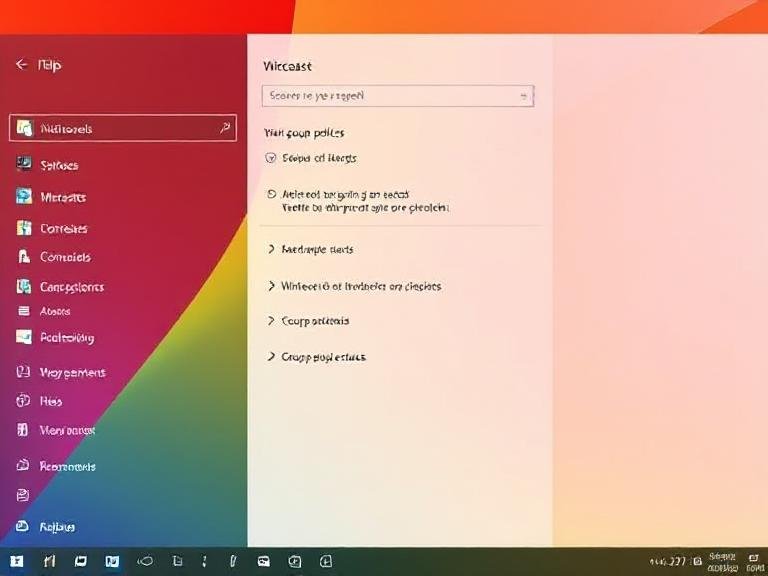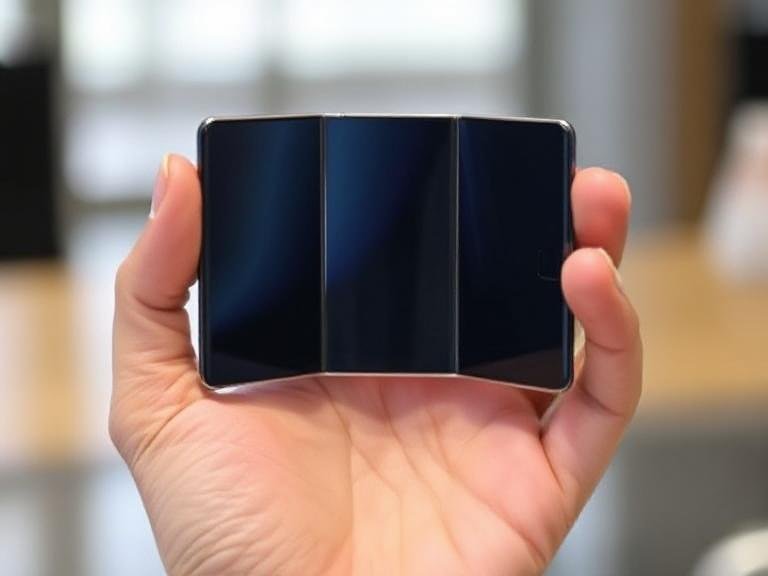Flash memory capable of being a million times faster than your typical USB Drive 2025

Flash memory capable of being a million times faster than your typical USB Drive 2025
Researchers from Fudan University in Shanghai have made a groundbreaking advancement in semiconductor technology by developing a flash memory device capable of operating at picosecond-level speeds. This innovation, named “PoX,” boasts an access speed of 400 picoseconds (or 0.4 nanoseconds), enabling it to perform 25 billion operations per second. According to the research team, this makes it the fastest semiconductor charge storage device ever created.
The findings were published in the journal Nature on Wednesday. Zhou Peng, a lead scientist on the project and a researcher at the State Key Laboratory of Integrated Chips and Systems, explained the significance of the breakthrough: “This device can perform 1 billion operations in the blink of an eye, whereas a typical USB flash drive can only handle about 1,000 operations during the same timeframe. The previous world record for similar technology stood at 2 million operations.” However, the specific version of the USB drive used for comparison was not disclosed.
Traditional non-volatile memory technologies, such as flash memory, are valued for their ability to retain data without power and consume minimal energy. However, their data access speeds are slower compared to volatile memory types like static random access memory (SRAM) and dynamic random access memory (DRAM). While SRAM and DRAM offer faster access speeds, they lose data when power is cut off, making them unsuitable for low-power applications.
To bridge this gap, the Fudan team developed a novel approach to non-volatile memory technology. They utilized a device physics mechanism that incorporates a two-dimensional Dirac band structure and ballistic transport properties. By modulating the Gaussian length of the two-dimensional channel, the researchers achieved what they describe as “super-injection” of channel charge into the memory’s storage layer.
Liu Chunsen, another researcher involved in the project, elaborated on the innovation: “Traditional injection methods have inherent speed limitations, but super-injection removes these constraints entirely. By leveraging the two-dimensional super-injection mechanism, we’ve pushed non-volatile memory speeds to their theoretical limit, effectively redefining the boundaries of modern storage technologies.”
This breakthrough is expected to have far-reaching implications, particularly in supporting the ultra-fast computational demands of large-scale AI models. Additionally, the cost-effectiveness and scalability of flash memory make it a key enabler for technological progress and industrial applications worldwide.
Zhou Peng emphasized the broader impact of the achievement: “This technological leap is poised to reshape the global landscape of storage technologies, drive industrial advancements, and unlock new application possibilities. It also positions China to take a leadership role in this critical field.”





